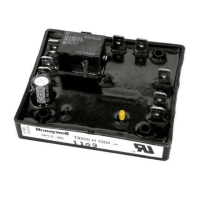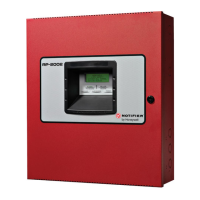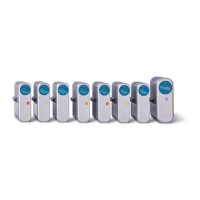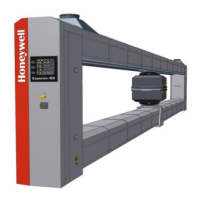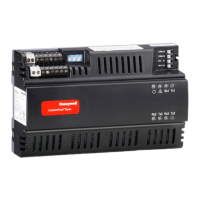2.
K. Microwave Landing System (MLS)
(1) General
The ML-850
MLS Receiver is designed for use with the C-band Time
Referenced Scanning Beam MLS as defined in 1986 by
ICAO. Ground
stations conforming to the previous
ICAO definition (predominantly
European) are not compatible with this receiver as they did not
provide
for magnetic heading selection of runway centerline.
The MLS
system provides 200 channels between 5031.0 and 5090.7 MHz.
The signal format is time multiplexed with each function (azimuth,
elevation, basic data, auxiliary data, and back azimuth) transmitted
sequentially on a single frequency. Each function is identified by
an encoded preamble, followed by TO and FRO scanning beam signals or
more digital data depending on the function.
Basic data from the ground is
used to determine runway length for
azimuth scaling, proportional coverage limits, minimum glidepath,
runway heading and station identification.
The receiver also
processes and outputs auxiliary data which pertains to the ground
station
for use by other systems such as EDS, AFCS, FMS< or RNAV
equipment.
The ML-850 receiver system provides guidance to the azimuth and
glidepath angles selected on the control unit or transmitted from
the ground station.
Guidance is output from the receiver
in the
form of digital deviation signals intended to drive conventional
course deviation indicator
(CDI) displays. The MLS receiver scales
and biases these ARINC 429 labels to the corresponding ILS mV per
dots of deviation allowing integration to the autopilot and display
on the EDS.
The receiver computes the centers of the received TO and FRO scans,
calculates the aircraft position angle for each scan, and subtracts
the selected angle to derive deviations.
Approach azimuth angles may be selected from the runway centerline
out to the limits of the proportional coverage area of the ground
station. This angle is entered as the approach magnetic heading.
Azimuth deviations are scaled as a function of runway lengths.
Glidepath angles may be selected from the minimum safe angle for the
desired runway heading (as transmitted from the ground station) to
the maximum allowable glidepath angle of 4 degrees for the
G-IV.
Glidepath deviations are scaled as a function of the selected
glidepath angle.
22-14-00
Page 298.36.12
Apr 15/93
Use or disclosure of information on this page is subject to the restrictions on the title page of this document.

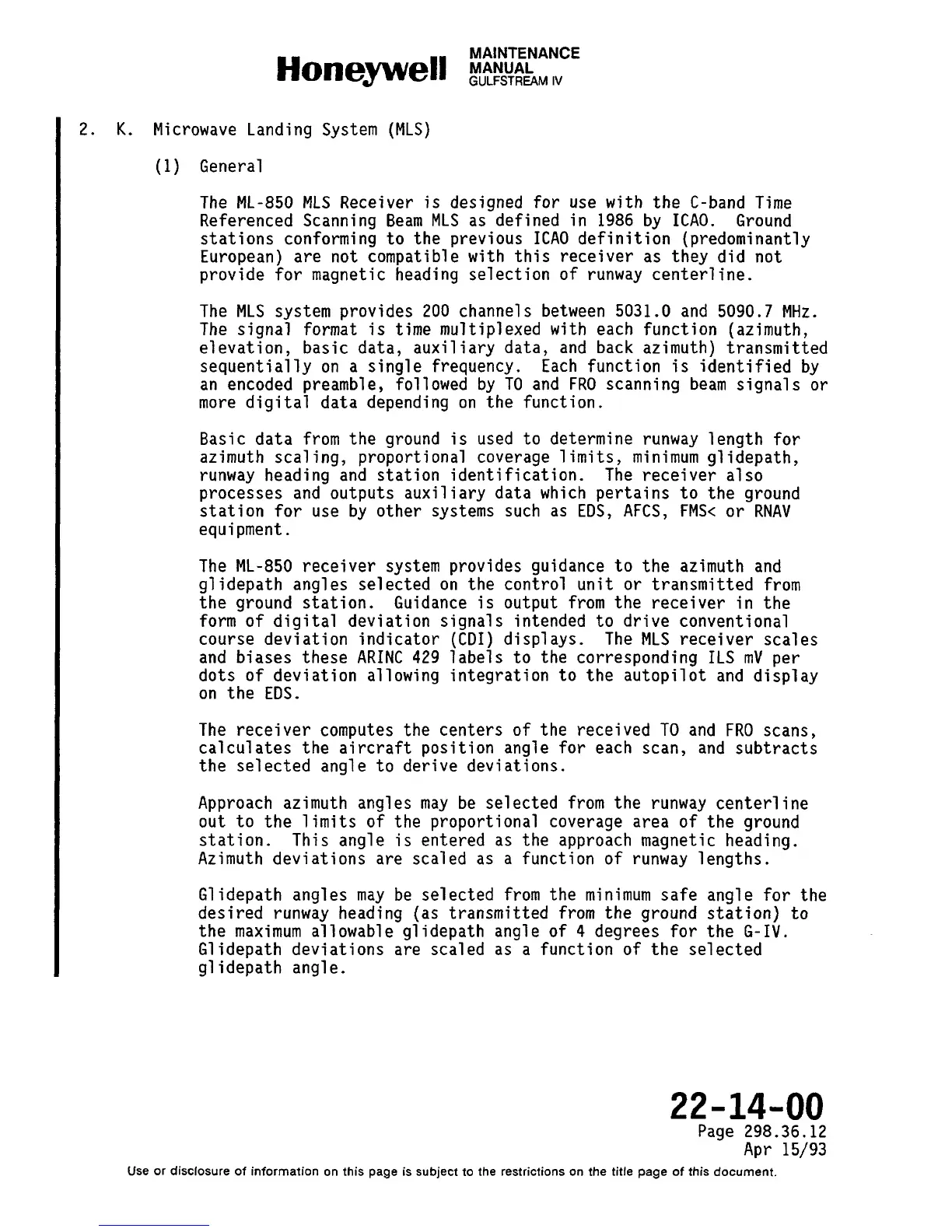